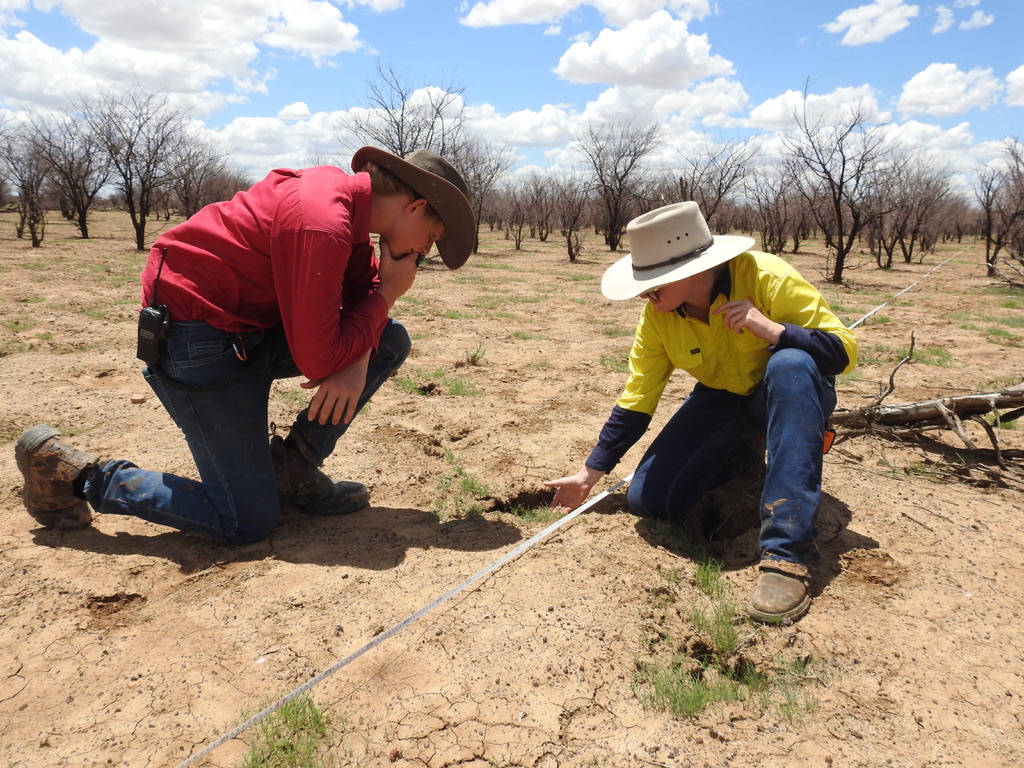Emerging springs a ‘success’ in the Great Artesian Basin
We have been lucky enough to undertake the final monitoring on a very special project area north of Aramac.
Our ambitious goal was to stimulate long-dormant artesian springs that have dried up after a decline in Great Artesian Basin pressure over many decades in Western Queensland.
Conceived and funded by the Queensland Government under the Natural Resources Investment Program, DCQ has been working with landholders to manage these sites as they slowly recovered.
A big ask, and never previously attempted, but it has been a very successful project with over 23 springs now reflowing.
It’s been such a successful project that the work has been extended for a further two years under the Natural Resources Recovery Program, and this is why.
While 59 unique species were identified in initial biodiversity surveys of the springs, that number has now increased to 131 as sites stabilise and mature.
Of these, four are conservation listed species, and five of the springs now support endangered plants providing a massive increase in habitat.
Conservation alongside livestock
Landholders have embraced the arrivals of these emerging springs and are now carefully managing these sites.
It’s important to note that these sites are not in “conservation estates”, but rather are on working cattle and sheep properties. This demonstrates, again, the ability of landholders to manage the co-existence of production and conservation for the mutual benefit of both.
The lack of science on this side of the range (e.g. Western Queensland) means we don’t always realise the incredible life that we have access to right at our door step.
Fortunately, through projects like Emerging Springs and its extension, the science is catching up. At DCQ, we are very fortunate to have passionate people engaged in natural resource management who love the land on which we live and work.
Supported equally by graziers and scientists… now that’s work worth celebrating.





